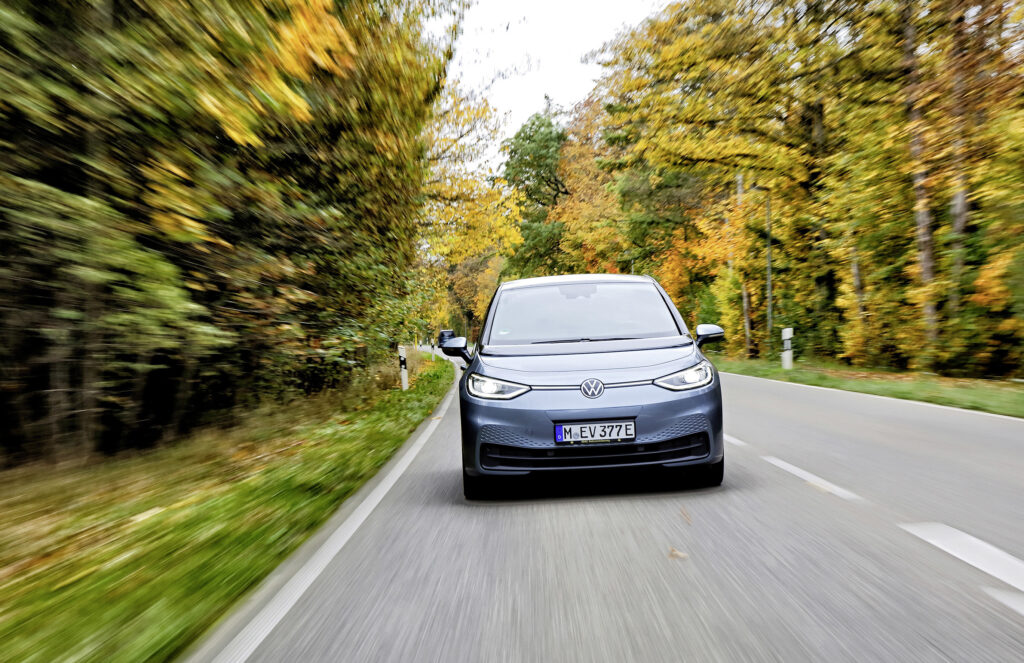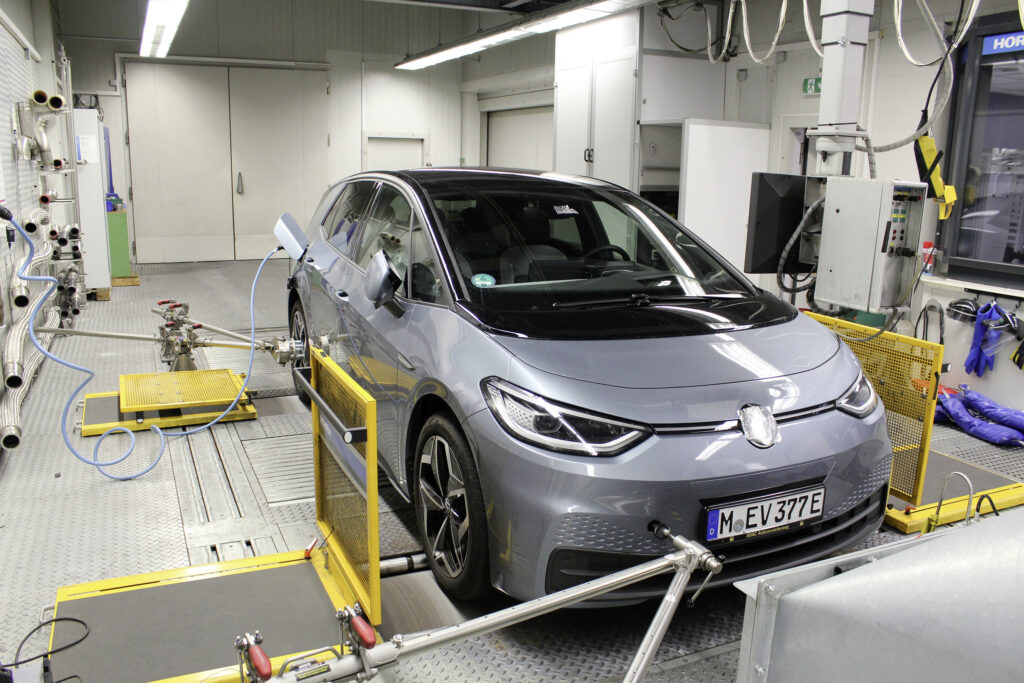The German ADAC (Allgemeiner Deutscher Automobil-Club), Europe’s largest automobile association, has given the Volkswagen ID.3 a positive review after long-term endurance tests, with engineers carrying out more than 100,000km of testing at the Test and Technology Center in Landsberg am Lech, Bavaria.
An ID.3 Pro S1 with 77kWh net battery energy content was tested. Volkswagen states that the battery in this model – as well as in other models in the ID. Family – will still have at least 70% of its original net capacity after eight years in operation, or 160,000km of driving.
The ADAC testers put the battery through the works. In order to reach the 100,000km mark as quickly as possible, the ID.3 was often charged to 100% at fast charging stations. In addition, and contrary to best practice recommendations, the vehicle was usually left ready for the next tester at the charging station with a 100% charge level, sometimes for several days. This endurance test was the first of its kind for a vehicle in the ID. family.
Between test drives, the ID.3 was checked repeatedly by engineers at the Landsberg am Lech Test and Technical Center. The ADAC examined eight main criteria and more than 300 sub-criteria – ranging from technology and safety to handling, ease of operation and environmental impact.
ADAC recommends that software updates should always be installed. During the endurance test, the ID.3 received several software updates. In addition to various bug fixes, the updates brought an increase in charging power up to 170kW. The updates also had a positive effect on consumption and thus range– improving power consumption over short distances and winter temperatures of 0°C to 5°C.
The intelligent Electric Vehicle Route Planner, which the ID.3 also received via an update, is also praised by the ADAC testers. On a longer route, it plans the charging stops in such a way that the destination is reached as quickly as possible.
In addition to the battery’s charge, the system also takes into account current traffic situation and forecasts. The charging stops are evaluated dynamically and, as a result, route planning can suggest two short charging stops with high power instead of a single long one with low power.



